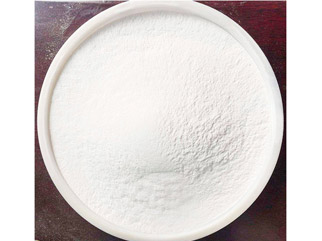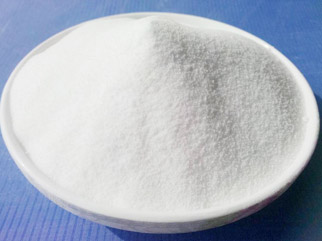Parylene is a common name for a series of unique polymers. The basic member of this family is called Parylene, or parylene, which is a completely linear, highly crystalline material. Parylene is a protective polymer material. It uses vacuum vapor deposition process to form a protective film. This film has the characteristics of uniform thickness, dense no pinholes, transparent and no stress, etc., and has excellent electrical insulation and protection.
Parylene Powder product features:
1. Vapor deposition: The only vapor-deposited polymer material that can be industrially applied.
2. Complete conformability of complex surfaces: Because of the vapor deposition process, gaseous monomers are cracked into free radicals and then polymerized directly on the solid surface to form a solid polymer film. Therefore, no matter how complex the surface is, Can be perforated without leaving dead ends.
3. Nano-scale: According to the concentration of gaseous monomer and the time of sedimentation polymerization, a uniform and controllable thickness coating film can be obtained, with a thickness of 0.1 to 10 microns, or even tens of nanometers.
4. Corrosion resistance: The composition of the film is a propylene polymer material. The water and gas transmission rate are extremely low. It is waterproof, salt spray resistant, acid and alkali resistant, and oxidation resistant.
5. Insulation performance: It has both low dielectric loss and high dielectric strength, as well as high mechanical strength and low coefficient of friction, suitable for the application of most electronic products.
6. Others: transparent and stress-free, strong toughness, low friction coefficient, no additives, no damage to the workpiece, low cost and high efficiency compared with nylon or Teflon coating process.
Parylene types:
Parylene is a molecular-grade coating material developed by United Carbide Corporation in the mid-1960s. It is a common name for a unique poly-P-xylylene polymer series, depending on the molecular structure. , Can be divided into Parylene N, C, D, HT, F and other types.
Parylene C
Parylene N is a very good dielectric material with very low dielectric loss, high dielectric strength, and a dielectric constant that does not change with frequency. It is the one with the highest penetrating power of all Parylene and has good self-lubricity, and the friction coefficient is 0.25. It meets the requirements of ISO-10993 biological test and meets the biological test requirements of UDP Type VI plastic.
Parylene C is the second commercially valuable member in the series. It combines good electrical and physical properties and has low permeability to moisture and other corrosive gases. It can provide true pinhole-free covering isolation and meet the US military standard MIL-46058C. It is the material of choice for coating important circuit boards. It meets the requirements of the ISO-10993 biological test and meets the biological test requirements of UDP Type VI plastic.
Parylene D, similar in properties to Parylene C, but with higher heat resistance. It still has excellent dielectric properties and physical-mechanical properties at higher temperatures.
Parylene F, its thin-film has high dielectric strength and low dielectric constant and has good thermal stability and UV resistance. The film itself is continuous, dense, and free of pinholes, and can be used as a protective film for various complex shapes of electronic devices.

